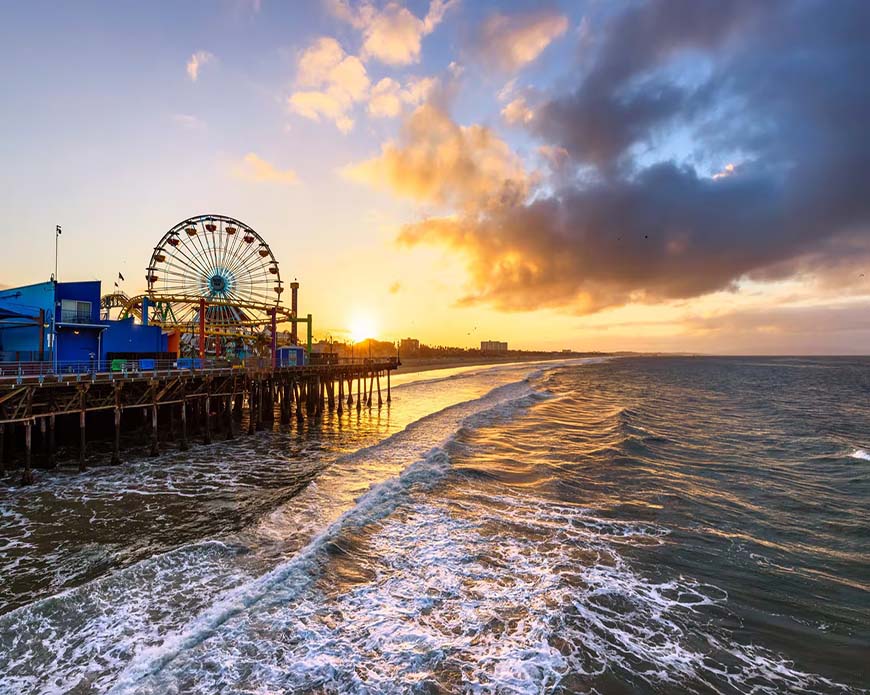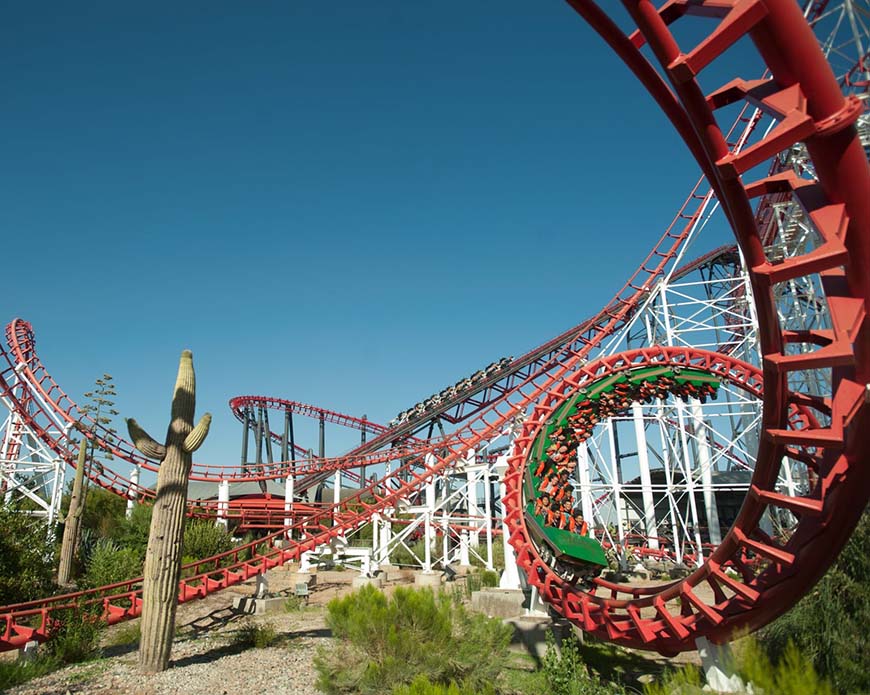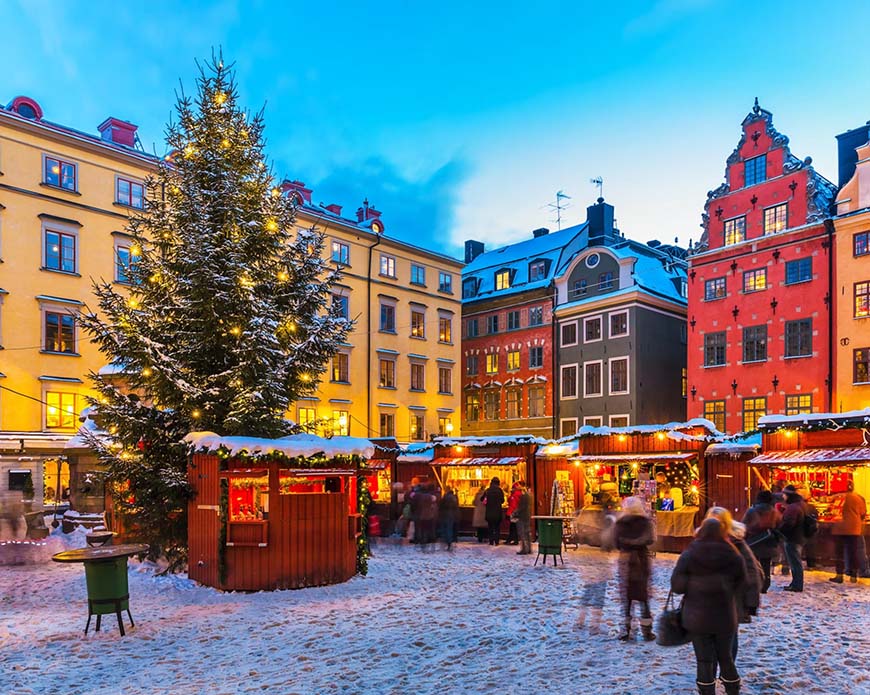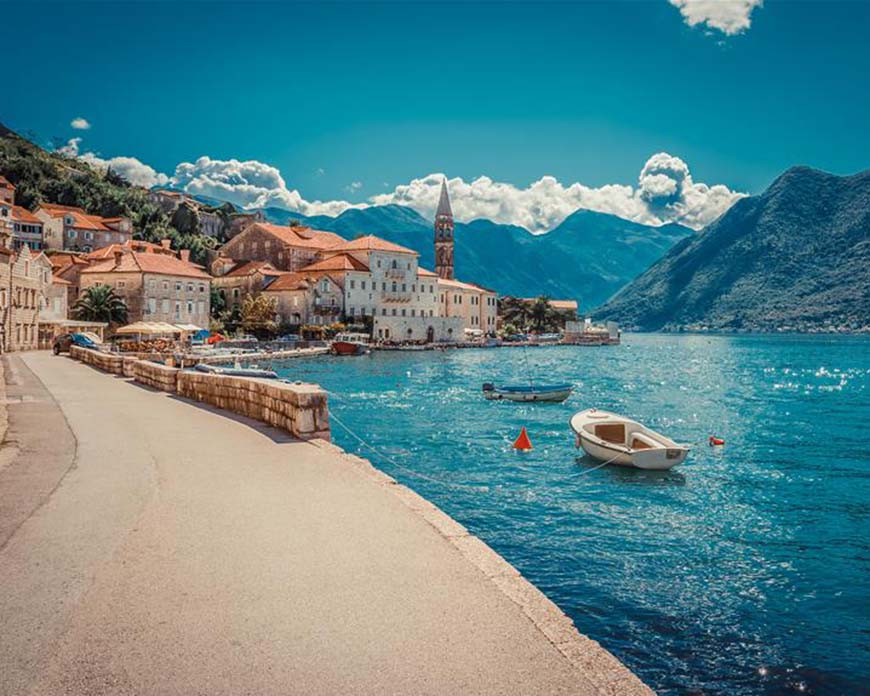Los Angeles is a city that radiates vibrant energy, a place where every corner seems like it’s been crafted for the perfect photo opportunity. Whether you’re wandering through the iconic streets of Hollywood, soaking up the sun on Venice Beach, or exploring the urban art scenes of Downtown LA, there’s no shortage of stunning backdrops to elevate your Instagram feed. On my recent trip to Los Angeles, I made it my mission to capture the essence of the city through my lens, experimenting with different techniques to get those envy-inducing shots that would leave my followers in awe.
1. Sunrise at the Santa Monica Pier: Mastering Golden Hour Magic
The Santa Monica Pier is one of LA’s most iconic spots, and it’s no surprise that it’s a favorite among photographers. To capture the pier in its full glory, I made sure to arrive just before sunrise. This allowed me to take advantage of the magical golden hour, when the soft, warm light makes everything look dreamy and ethereal.
Setting up my camera, I positioned myself to include the Ferris wheel and the vibrant colors of the amusement park in the background. I played with different angles, from wide shots that captured the entire pier to close-ups that focused on the details of the rides. The key here was to embrace the early morning light, which added a beautiful glow to my photos without the harsh shadows that come later in the day.
Another tip for photographing the pier is to experiment with reflections. After capturing the iconic shots, I walked down to the beach where the tide was receding, leaving a thin layer of water on the sand. This created a mirror effect, doubling the beauty of the pier in my photos and adding a unique twist to the typical pier shot.
For those looking to step up their Instagram game, using a polarizing filter can help manage reflections and enhance the colors of the sky and sea, making the blues deeper and the whites of the Ferris wheel more pronounced. This small addition to your gear can make a significant difference in your photos, especially when shooting landscapes.
2. Urban Vibes at the Arts District: Playing with Street Art and Symmetry
The Arts District in Downtown LA is a treasure trove for anyone looking to capture urban vibes and bold colors. This neighborhood is a canvas of creativity, with murals and street art covering almost every wall. I spent hours exploring the area, finding new murals and graffiti that told stories of the city’s diverse culture.
One of the biggest challenges here was choosing the right mural to feature in my photos. I wanted to find art that resonated with me, something that would not only look great on Instagram but also reflect the spirit of LA. After some wandering, I stumbled upon a stunning piece that combined vibrant colors with intricate patterns. To make the art stand out, I framed my shot so that the mural filled the entire background, creating a bold and striking composition.
When photographing street art, it’s essential to consider the symmetry of your shot. Aligning the mural perfectly in the center of the frame can create a sense of balance and draw the viewer’s eye to the intricate details. Alternatively, experimenting with off-center compositions can add a dynamic feel to the image, making it more visually interesting.
I also played around with including myself in the shots, using a tripod and a remote shutter to capture portraits with the murals as a backdrop. For these shots, I found that wearing solid-colored clothes helped me stand out against the busy backgrounds, ensuring that the focus remained on both the art and the subject.
3. Beverly Hills Palm Trees: Capturing Iconic LA Landscapes
No trip to Los Angeles would be complete without photographing the palm tree-lined streets of Beverly Hills. These towering palms are as much a symbol of LA as the Hollywood sign, and capturing them in the right light can result in some truly iconic images.
To capture the grandeur of these palm trees, I used a wide-angle lens that allowed me to include the full height of the trees in the frame. Positioning myself at the base of one of the streets, I angled my camera upwards to create a perspective shot that emphasized the towering height of the palms. The result was a photo that not only captured the beauty of the trees but also conveyed the scale and majesty of the landscape.
Timing was crucial for this shoot. I found that late afternoon, just before sunset, provided the best lighting conditions. The golden light streaming through the trees added warmth to the photo and highlighted the textures of the palm fronds. I also experimented with shooting from different angles, including straight-on shots that captured the palm trees in a row and side shots that showed them in profile against the sky.
For a more dynamic shot, I used a slow shutter speed to capture the movement of the palm fronds swaying in the breeze. This technique added a sense of motion to the image, making it feel more alive and capturing the essence of a lazy, sun-soaked afternoon in Beverly Hills.
4. Griffith Observatory and the Hollywood Sign: Balancing Iconic Landmarks
Griffith Observatory offers some of the best views in Los Angeles, including a clear sightline to the Hollywood Sign. This location is perfect for capturing two of LA’s most famous landmarks in a single shot, but it also presents a challenge in balancing the composition to do justice to both.
Arriving at the observatory just before sunset, I set up my camera to frame the Hollywood Sign with the observatory in the foreground. The goal was to create a photo that not only captured the landmarks but also the beautiful colors of the setting sun. I used a tripod to ensure stability, as I planned to shoot a long exposure to smooth out the crowd and capture the ambient light as it faded.
One of the key tips here is to use a zoom lens to play with the distance between the observatory and the Hollywood Sign. By zooming in, I was able to compress the space between the two, making the sign appear larger and more prominent in the frame. This trick is particularly useful when shooting from a distance, as it can create a more dramatic and impactful image.
To add a creative twist to the standard shot, I experimented with silhouettes. By positioning myself in front of the observatory and shooting towards the Hollywood Sign, I captured the outline of the building and sign against the vibrant colors of the sunset. This created a striking contrast and added an element of mystery to the photo.
5. Venice Beach Boardwalk: Embracing Candid Moments and Action Shots
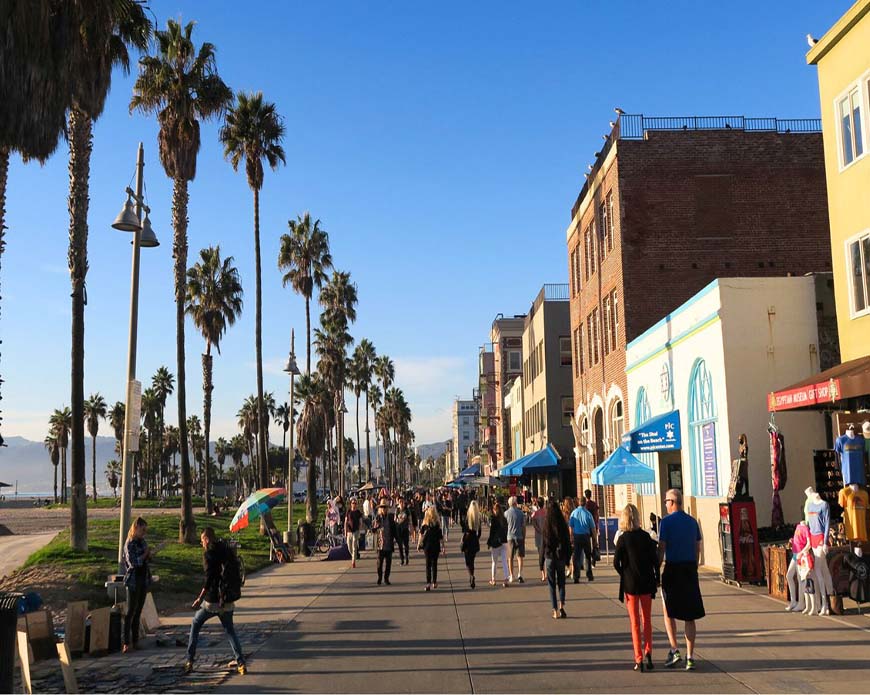
Venice Beach is a hub of activity, known for its eclectic mix of street performers, skateboarders, and colorful locals. The boardwalk offers endless opportunities for candid photography, where capturing the energy and spirit of the place is more important than finding the perfect angle.
As I wandered along the boardwalk, I kept my camera ready to capture spontaneous moments. From skateboarders performing tricks to musicians playing soulful tunes, there was no shortage of interesting subjects. For these shots, I used a fast shutter speed to freeze the action, ensuring that even the most fleeting moments were captured in sharp detail.
One of my favorite spots to photograph was the Venice Skate Park, where skaters of all levels showcased their skills. I positioned myself close to the edge of the bowl to capture the skaters mid-air, using a wide aperture to blur the background and make the skaters stand out. The key here was to anticipate the action, watching the skaters’ movements and timing my shots to capture the peak of their tricks.
To add variety to my photos, I also experimented with black and white photography. Removing the color from the images helped to emphasize the contrast and textures, bringing out the grit and raw energy of Venice Beach. This approach worked particularly well for capturing the street art and graffiti that adorns many of the walls along the boardwalk.
6. The Getty Center: Playing with Architecture and Light
The Getty Center is not only a museum filled with incredible art but also an architectural marvel that offers countless opportunities for stunning photography. The clean lines, open spaces, and interplay of light and shadow make it a playground for anyone interested in architectural photography.
When photographing the Getty Center, I focused on capturing the symmetry and geometric patterns of the buildings. Using a wide-angle lens, I framed shots that emphasized the lines and curves of the architecture, creating images that felt both modern and timeless. I also experimented with different perspectives, shooting from high angles to capture the sprawling complex and low angles to highlight the height and grandeur of the structures.
The gardens at the Getty Center are another fantastic spot for photography. The Central Garden, with its maze of hedges and colorful flowers, provided a beautiful contrast to the stark white buildings. I used a shallow depth of field to focus on individual flowers, creating soft, dreamy images that added a touch of nature to the otherwise modern setting.
Timing is everything when photographing the Getty Center. The way the light interacts with the architecture changes throughout the day, and I found that late afternoon, just before sunset, offered the most dramatic lighting. The warm tones of the setting sun bathed the buildings in a golden glow, creating a beautiful contrast with the cool white stone.
7. Melrose Avenue: Capturing Fashion and Culture
Melrose Avenue is a fashionista’s dream, lined with trendy boutiques, vintage stores, and some of the city’s most famous murals. This vibrant street is the perfect place to capture the intersection of fashion and culture in LA.
I started my Melrose photo adventure by seeking out the most Instagrammable spots, such as the Paul Smith Pink Wall and the Made in LA mural. These iconic backdrops have become must-shoot locations for anyone visiting LA, and for good reason. Their bold, simple designs make them perfect for adding a pop of color to any feed.
To make the most of these locations, I arrived early in the morning before the crowds. This allowed me to shoot uninterrupted and experiment with different poses and compositions. When photographing at these popular spots, I found
it helpful to use a wide-angle lens to capture both the subject and the mural in the same frame, ensuring that the art remained the focus of the image.
In addition to the murals, I also took time to explore the unique shops and cafes that line Melrose Avenue. The eclectic mix of storefronts provided endless opportunities for street photography, capturing the quirky and vibrant spirit of the area. I used a mix of candid shots and posed portraits, playing with the natural light streaming through the shop windows to create soft, flattering images.
8. LACMA’s Urban Light: Nighttime Photography Tips
The Urban Light installation at the Los Angeles County Museum of Art (LACMA) is one of the city’s most recognizable landmarks, and it’s particularly stunning at night. This collection of vintage street lamps has become a go-to spot for photographers looking to capture a blend of history and modernity.
To photograph Urban Light, I waited until twilight when the sky was a deep blue, and the lamps were just beginning to glow. This time of day provided a beautiful contrast between the cool tones of the sky and the warm light of the lamps. I set up my tripod to keep the camera steady during the long exposure shots, which were necessary to capture the full effect of the illuminated lamps.
One of the challenges of shooting at Urban Light is the number of people who gather here, especially at night. To minimize the crowd in my photos, I used a long exposure to blur the movement of the people, creating a ghostly effect that added a sense of motion and mystery to the image. Alternatively, I waited patiently for gaps in the crowd, timing my shots to capture the lamps in all their glory.
For a more creative shot, I positioned myself directly in the center of the installation, shooting upwards to capture the lamps from a unique perspective. This angle emphasized the height of the lamps and created a sense of depth, making the installation feel even more immersive.
9. Rodeo Drive: Luxury and Glamour
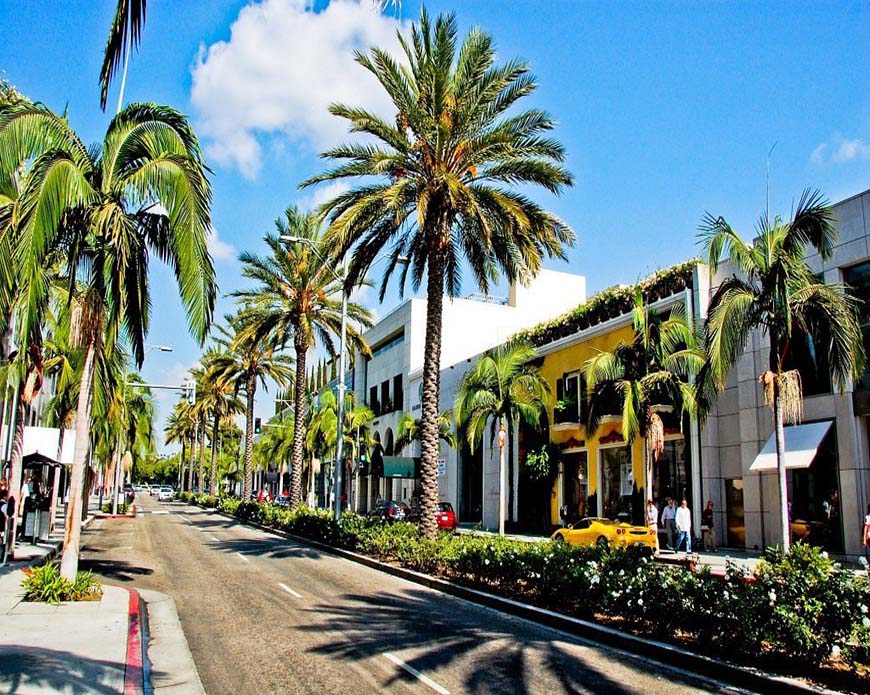
Rodeo Drive in Beverly Hills is synonymous with luxury and glamour, and it’s the perfect place to capture the opulence of LA. The pristine streets, high-end boutiques, and polished architecture provide a backdrop that exudes elegance and sophistication.
When photographing Rodeo Drive, I focused on capturing the details that make this street so iconic. From the glittering storefronts to the sleek lines of the luxury cars parked along the curb, every element added to the overall sense of grandeur. I used a mix of wide shots to capture the full scope of the street and close-ups to highlight the finer details.
One of my favorite shots from Rodeo Drive was of the famous Via Rodeo sign, framed by the elegant buildings that line the street. I waited for the golden hour to take this shot, as the warm light added a touch of romance to the scene, making the already luxurious setting feel even more enchanting.
To add a personal touch to my photos, I included shots of myself window shopping and exploring the boutiques. These candid moments helped to capture the experience of being on Rodeo Drive, making the photos feel more relatable and engaging.
10. The Hollywood Hills: Capturing the LA Skyline
No trip to Los Angeles is complete without a shot of the city’s skyline, and the Hollywood Hills offer some of the best vantage points for this iconic view. I made my way up to one of the many lookout points in the hills, camera in hand, ready to capture the sprawling city below.
Photographing the LA skyline is all about timing and patience. I arrived at my chosen spot just before sunset, setting up my tripod and framing my shot to include the skyline in the foreground and the sky in the background. As the sun dipped below the horizon, the city lights began to twinkle, creating a stunning contrast between the natural and urban elements.
To capture the full beauty of the skyline, I used a long exposure to smooth out the movement of the clouds and create a sense of calm and serenity in the image. This technique also helped to capture the glow of the city lights, adding a warm, inviting feel to the photo.
One of the challenges of shooting the skyline is dealing with the haze that often blankets LA. To counter this, I used a polarizing filter to reduce the haze and enhance the colors of the sunset. This simple addition made a significant difference in the clarity and vibrancy of my photos.
In addition to the wide shots of the skyline, I also experimented with close-ups of specific landmarks, such as the Griffith Observatory and the Hollywood Sign, framed against the cityscape. These shots added variety to my collection and helped to tell the story of LA from different perspectives.
Capturing the essence of Los Angeles through photography was an incredible experience, filled with creativity, experimentation, and a deep appreciation for the city’s diverse beauty. Each location offered its own unique challenges and rewards, allowing me to explore new techniques and push the boundaries of my photography. Whether you’re a seasoned photographer or just starting out, LA provides endless opportunities to capture stunning, Instagram-worthy shots that will leave a lasting impression on your feed and in your memories.
